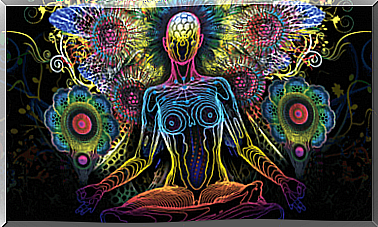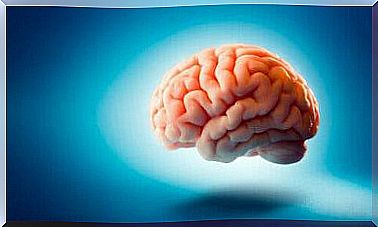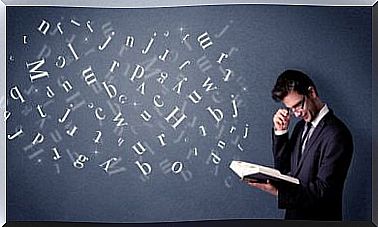Can People Really Have Photographic Memory?

People with photographic memory, also called idetic memory, can codify visual or written information in the mind in a very detailed way. They process the image by doing a careful scan. Hours later, they can still remember it as if it were right in front of them. Researchers estimate that only about 1% of the population has this ability. However, there are some controversies about whether it really exists.
Some people believe that children are the only ones who have this ability, which disappears as they get older. Either because they do not stimulate or train the ability, or because adults tend to codify things visually and verbally. Other people believe that it is just a myth because the only proof of it comes from those who claim to have the ability. No cognitive tests or objective evaluations support the idea.
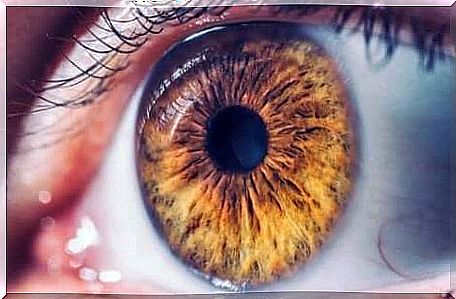
What is photographic memory?
People call this type of memory photographic because it is captured as if it were a picture. In other words, those with very eidetic memory remember everything that appears in a picture or on the page of a book, exactly as it is placed.
This can also apply to auditory stimuli. In that case, the individual codifies melodies or sounds that they hear as an image in memory. The extraordinary thing about this type of memory is the details that people can remember. For example, they can sometimes remember punctuation on an entire page.
While researchers are interested in these claims, they still have not determined whether photographic memory actually exists or not. Nor have they clarified the factors that will give someone this type of memory. It seems that it is an extremely rare ability, more common among children. But as we mentioned above, they usually lose it as they grow.
We should emphasize that visual memory and eidetic memory are not synonymous. The former is the ability to remember using visual stimuli. The latter emphasizes the level of detail that an individual is able to remember.
Thus, while most people are familiar with the concept of photographic memory, you can see why there is doubt about its existence. The little evidence available seems to support the idea that these individuals can do what they do because of a combination of several skills.
Thus, the ability to remember things in such detail is due to a good visual memory, knowledge of the material, effort and even mnemonic techniques. In fact, most people who have a “photographic memory” say that they have had it all their lives, and they have perfected it with practice.
Loci method
People with this ability tend to show it off. For example, they can draw a map of Italy from memory after seeing it once. Or they may remember every single day of their lives from childhood or remember each page of a 9,000-page book. However, very few people reveal what they are actually doing to get these incredible results.
Only a few individuals with these exceptional abilities have revealed their tricks. Many of them use the loci method, also known as the memory palace. The memory palace is a useful technique based on spatial memory. According to psychologists who specialize in memory, the strongest memories are associated with a picture, a place and / or emotions. This is why it is more likely to remember something if, for example, you can remember where it happened.
Therefore, the loci method involves imagining that you are taking a journey through a place you know well. Ideas and memories are “stored” or represented by objects you see along the way. In other words, imagine that each element is, for example, a vase, a painting or a plant.
So as you make your way through this famous place, the memories appear by themselves. People have been using this method since the 5th century BC, and it has been the subject of extensive research. Studies show that it significantly improves people’s memory.
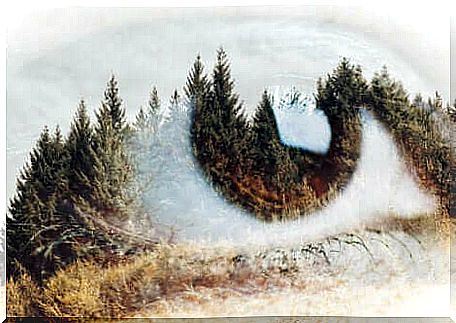
Can you learn to have a photographic memory?
The short answer is yes. You can train yourself to have a photographic memory. Experiment with the loci method or other strategies that work for you. Researchers tend to agree that with good technique, a willingness to learn and a lot of practice, you can achieve impressive results.
Constant training and hard work are the keys to developing many abilities, not just a good memory. However, it seems that some people are more cognitively gifted in certain areas. Yet it does not mean that they will benefit from their gifts, it does not mean that those who are not naturally gifted can not learn to be good at anything.

